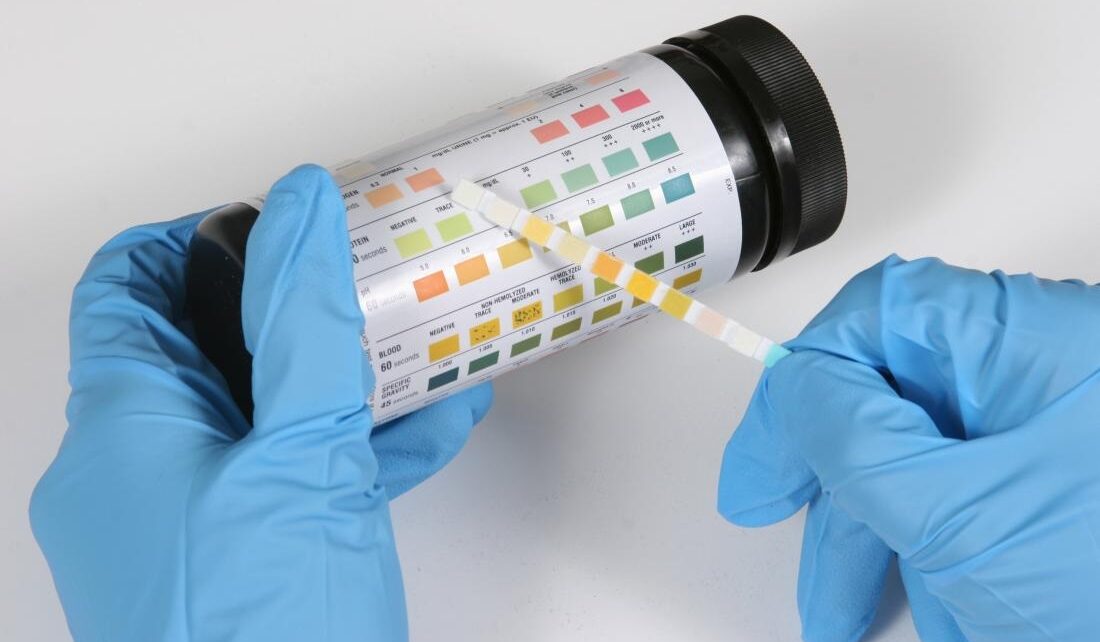Most women between the ages of eighteen and sixty receive a Pap smudge at least once a year. But, while you probably know that you’re suppose to have this crucial test regularly, does it ever occur to you why you’re getting it in the first place? Read on to find out the similarities and differences between regular Pap smears vs. std-test-kit. We’ll examine why most women are not asked about genital warts on their annual Pap smears and discuss how obtaining a routine pap smear is a critical part of overall HPV prevention.
One of the biggest similarities between regular Pap smears and STD testing is that most people are given a specific testing for sexually transmitted diseases (STDs) each year. A Pap test, also known as a Pap smear, is one of several common tests used by doctors to detect abnormal growths in the genital area. Nearly all people will receive a Pap test at some point in their lives. However, the HPV vaccination has recently become available for those over the age of twenty, which means that more people will be able to receive the disease prevention services that they need thanks to new providers and guidelines being put in place.
Another similarity between regular Pap smears and STD testing is that most health care professionals like to ask for a repeat Pap smear at around six weeks from the time of your initial visit. Repeat testing can help detect abnormalities that only come into the patient’s mind after receiving a Pap test. In addition, repeat testing can help determine whether the growth is a one-time occurrence or a possible indication of cancer. Unfortunately, cancer testing is often not performed immediately due to the costs associated with various treatment options.
Because cancer is one of the most serious complications associated with sexually transmitted infections (STIs), health care providers often recommend that all patients undergo monthly STD testing. The main advantage of this schedule is that it can be utilized as a “watch” regimen instead of a “catch-up” regimen. In other words, if a patient tests positive on his or her first visit, a second appointment can be made a month or two later in order to monitor for any potential outbreaks. While the average case of STDs is not life-threatening, being diagnosed with an STD can have a negative impact on a person’s personal and professional life.
While it is true that most sexually active individuals follow safe sex practices, there are individuals who do not. If you believe that you have been infected with an STD, it is important to seek medical attention as soon as possible. There are many benefits to having routine annual testing as well as monthly screening – such as the ability to find out at the earliest possible signs if something is wrong, the possibility of successful treatment, and the protection of the reproductive organs. However, for those who do not practice safe sex or have a low level of personal responsibility, having an annual checkup may not be considered necessary, and can actually put you at risk for contracting an STD.
For those individuals who have been diagnosed with an STD, there are many different options for treatment. Some medical professionals will encourage patients to try one or more of the many prescription medications that are on the market for the treatment of STD. Doctors may also recommend the use of one of several highly effective natural remedies, or the prescription of a pill that stimulates the immune system to fight off the threat of disease. For those who choose to treat themselves at home, many pharmacies now offer STD tests at the time of purchase in addition to standard medicine. However, for those who feel uncomfortable testing positive or have a history of STD in their families, scheduling an annual exam with your doctor or a private clinic is the safest way to ensure you are healthy and free of the threat of disease.





